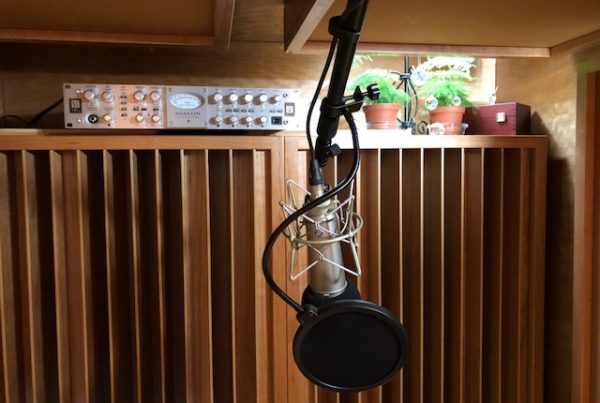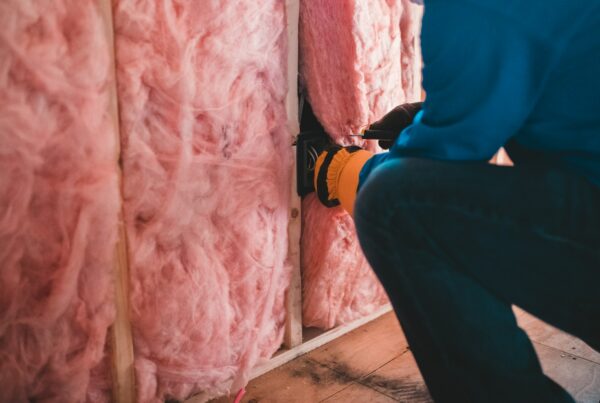Sound can be absorbed, reflected, or diffused. To absorb sound, we need to change the electromechanical energy of our sound systems to heat energy. Through this exchange process, using sound absorption techniques and materials, sound energy is converted to heat. This conversion process results in lost sound energy and thus sound absorption occurs.
Sound diffusion does not require any energy conversion. Sound diffusion takes the existing energy and through the use of a diffusor, spreads that energy out in different planes or fields. A quadratic sound diffusor with a vertical array of wells or troughs, spreads sound out in a horizontal plane or field. A sound diffusor with horizontally positioned wells or troughs, spreads the sound energy that enters into it out in a vertical array or field. Both vertical and horizontally positioned quadratic sound diffusors create a two dimensional sound field.
Quadratic sound difusors consists of a series of wells or troughs at different depths but same well widths. Each well or trough depth in the quadratic sound diffusor accounts for a particular frequency group. Each well depth conforms to one quarter wavelength theory. Well widths in a quadratic theory diffusor conform to one half wave length theory.





